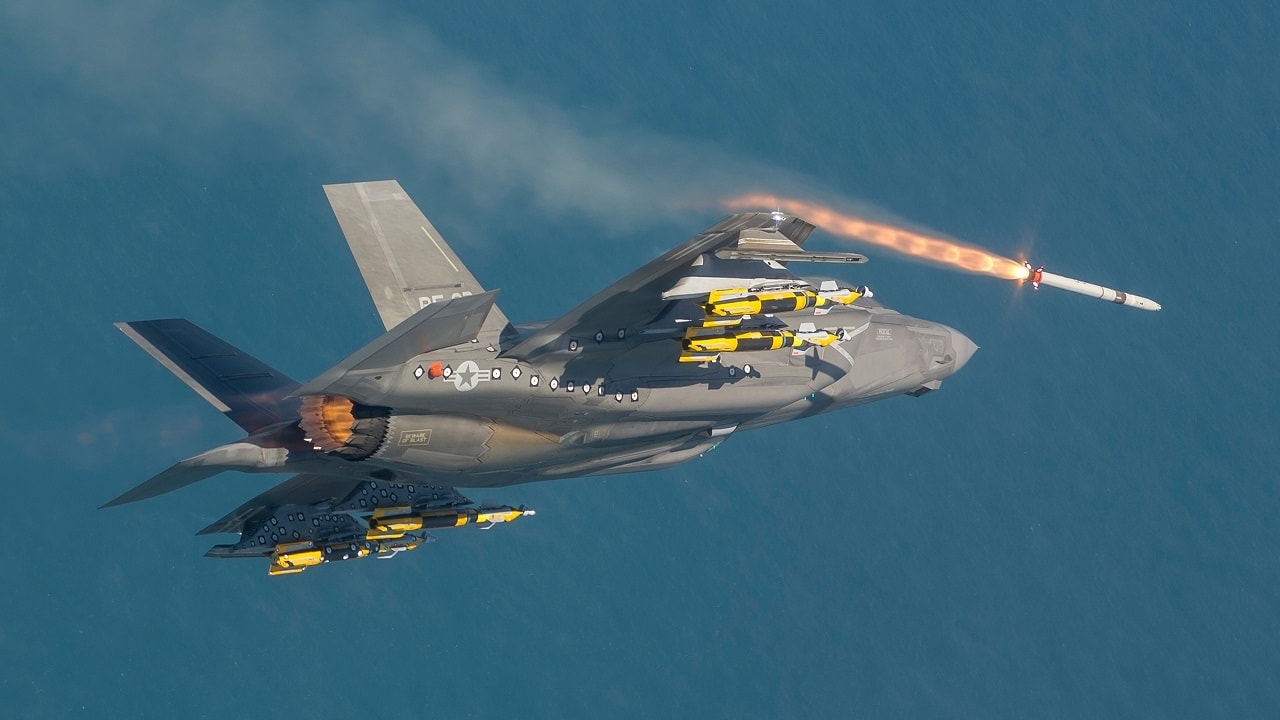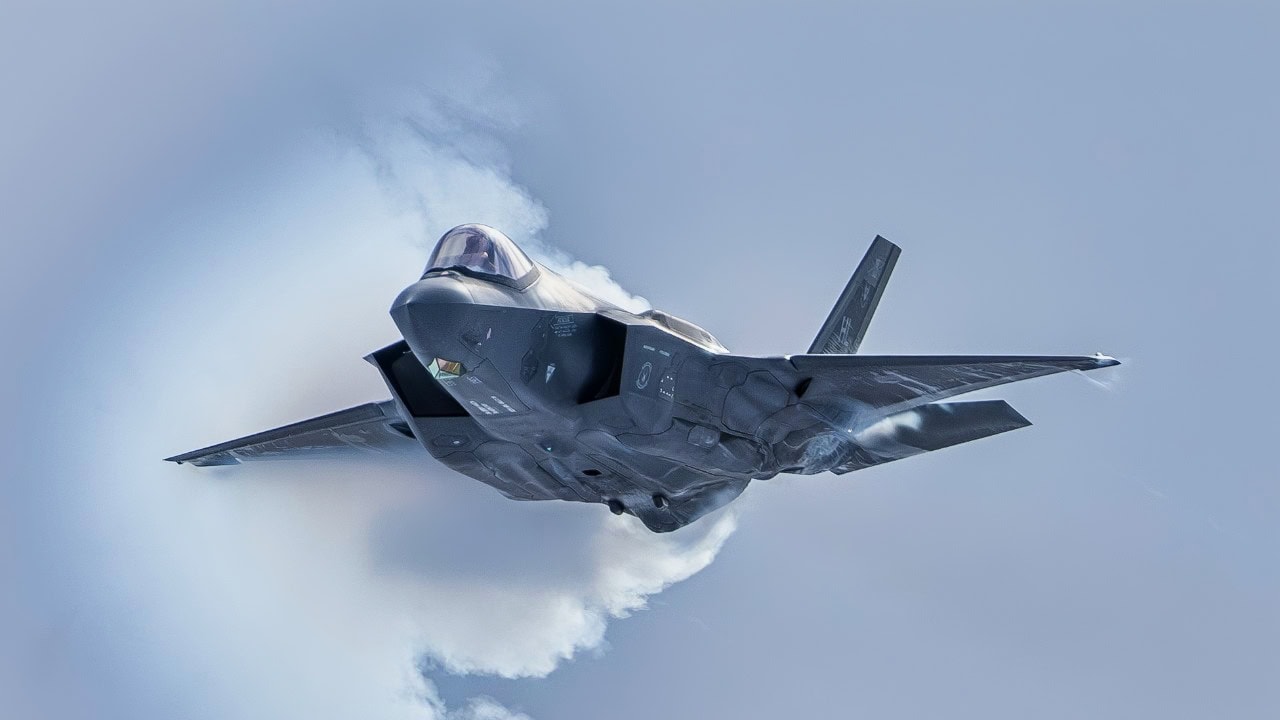Article Summary and Key Points: Switzerland’s acquisition of the F-35 fighter has revived concerns about U.S. control over data generated by the jet. Critics argue the F-35’s data-sharing functionality threatens Swiss neutrality, pointing to fears of a U.S. “kill switch” capable of remotely disabling or limiting foreign-operated aircraft.
-Recent U.S. actions—cutting Ukraine off from critical intelligence and technical support for their F-16s—amplify these concerns.
-Though a literal kill switch might be mythical, American dominance of critical data and logistics chains means the U.S. could effectively ground foreign-operated F-35s simply by withholding support, a scenario unsettling Switzerland and other European operators.
The F-35 Could Be Flying Into More Controversy
In 2021, when Switzerland first selected the F-35 for its next fighter aircraft, voices decrying the decision (particularly in the French-speaking cantons) zeroed in on how acquiring the new United States’ stealthy aircraft threatened Switzerland’s long-cherished neutrality. Not the least of the opposition talking points was the concern over the level of control the US has over the data generated by the export users of the aircraft.
As a 2020 article discussed, a United States Government Accountability Office (GAO) report outlined, “Devices in the aircraft track an incredible amount of data coming from of all its sensors during the flight. Once an F-35 returns to base, this data will be transferred to the ground-based part of ALIS via a portable memory device (PMD or ‘the brick’) or a laptop (PMD reader).”
This part of the F-35’s somewhat invasive functionality regarding what Washington knows about what each aircraft is up to—no matter which nation is the owner—sparked this opposition in Switzerland.
As one Swiss commentator who opposed the F-35 said at the time, “If we purchase this aircraft, you will always have the CIA with you in the cockpit.”
Paranoia and Confluence of US Dominance
This issue has risen again this week as a consequence of other US actions.
One is that there has been a consistent approach by the US administration of President Donald Trump to reduce the contributions of Washington to NATO.
Another is the conflict between Europe and the US over these same NATO commitments and the position of the US administration on the war in Ukraine.
Lastly, there is the condemnation of what is seen as a growth of US hegemony. The most obvious example of this is the statement by US President Trump and conversations with the Danish PM proposing that the US take control over Greenland.
With this sentiment in the background and other more recent actions by the US that look like an attempt to dominate the continent, an old rumor (some would say a conspiracy theory) has re-emerged.
Namely, the US Department of Defense (DoD) has a secret “kill switch” embedded in the stealthy fighter jet. As the theory goes, this special “back door” would allow the Pentagon to remotely control the aircraft models operated by foreign allies or even shut down its functionality altogether.
This bit of what some have called paranoia is prompted by the very recent decision of the Trump administration to cut off Ukraine from the intelligence information and targeting data provided to Kyiv for more than two years. “Can the US cut off the information needed to operate the F-35 in the same manner,” has been the question.
You Do Not Necessarily Need a Kill Switch
Adding fuel to the fire was the shutdown of technical support and information needed for the F-16s operated by Ukraine. This stoppage was because of US-supplied “critical support for radar systems” but did not, as some have reported, take action that resulted in them being “switched off.”
Nonetheless, Joachim Schranzhofer, the head of communications at Hensoldt, the leading German defense electronics firm, told Germany’s Bild newspaper the “kill switch in the F-35 is more than just a rumour”.
All of these facts and myths come together in the reality that the US does not really need a kill switch per se to cripple an ally’s ability to operate the aircraft.

F-35. Image: Creative Commons.
As an 11 March article points out:
“Without access to American-controlled maintenance and logistics chains, as well as computer networks, any F-35 fleet would quickly start to become unusable and any jets that remain flying for a truncated period of time would only be able to do so with massively degraded capabilities.”
The critical data ownership rights of Lockheed Martin and Pratt & Whitney, which allow them to maintain numerous controls on almost all aspects of supporting and sustaining the F-35, is the real issue.
As long as weapon systems continue to become more advanced and dependent on shared data networking functions, the more these interlocking mechanisms of control will continue to grow.
About the Author: Reuben F. Johnson
Reuben F. Johnson is a survivor of the February 2022 Russian invasion of Ukraine and is now an Expert on Foreign Military Affairs with the Fundacja im. Kazimierza Pułaskiego in Warsaw. He has been a consultant to the Pentagon, several NATO governments and the Australian government in the fields of defense technology and weapon systems design. Over the past 30 years he has resided in and reported from Russia, Ukraine, Poland, Brazil, the People’s Republic of China and Australia.

